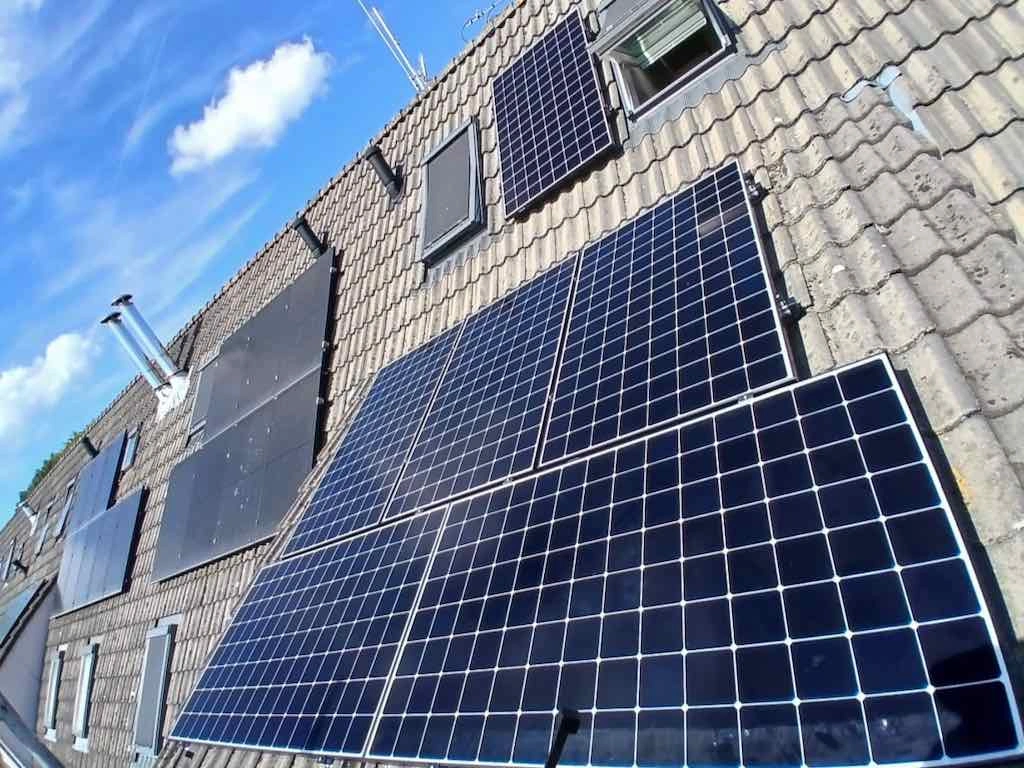Solar panel weather August 2025
What was the weather like in the past month for the solar panels? What does that say about the yield? And how does it compare to previous years?Anyone who spent time in the Netherlands last month will have noticed: August was wonderfully summery. Warm days (warmer than average) and plenty of sunshine filled the month. According to KNMI (Royal Netherlands Meteorological Institute), we enjoyed an average of 236 hours of sunshine across the Netherlands in August 2025, which is considerably more than the 205 hours of the long-term average.
Peaks and troughs

August 2025 was a nice and sunny month (source: KNMI)
Temperatures did show occasional peaks and dips: for example, there was ground frost in Eindhoven on August 24th, while we experienced a minor heatwave from August 11th to 15th, with temperatures above 30 degrees Celsius. During high temperatures, we often see electricity prices on the dynamic tariff market peak briefly in the evening, when air conditioners are running to dissipate the heat in homes. There were no days in august on which residential electricity consumers experienced negative prices.
The results on the 'imbalance market' were disappointing once again. The Frank Energie trading index remained stuck at 33 for the month, well below the average of 100 on which the projected profits from home batteries are based. There was only one day during the entire month when the trading index exceeded 100, namely August 19th. While September may have gotten off to a slightly better start (with a trading index of 270 on September 1st), the prospects for profits from batteries trading on the imbalance market are starting to look bleak. Fortunately, batteries can also pay for themselves in other ways, although that might take a bit longer.
Autumn is here: pay more attention to self-consumption!
We are now on the eve of autumn: the days are noticeably getting shorter, and weather variability is increasing. This means lower solar energy yields and higher home electricity consumption. This makes it more difficult, but also more rewarding, to balance consumption and energy consumption. Therefore, make sure you run your washing machine and dishwasher as much as possible when the sun is shining, and use your (preferably smart) car charger during the day. This way, you avoid feed-in charges and contribute to a stable electricity grid for everyone!
